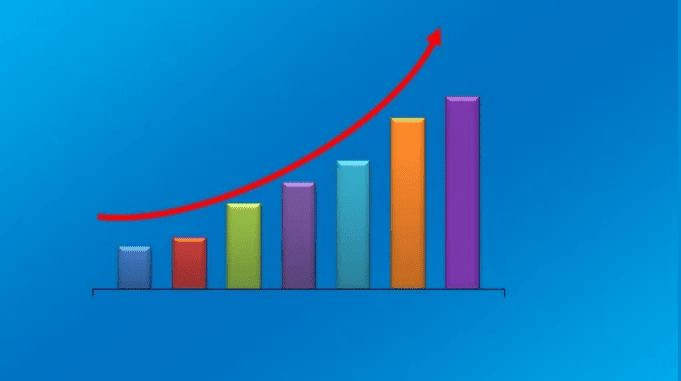
Models of Time Series in Statistics –
Not every type of variation will have an effect on a time series. Some of these variations may affect only a few time series, while the other series may be affected by all of them. Therefore, when analyzing time series, these effects are isolated.
♦ Multiplicative model of Time Series –
It is assumed in classical time series analysis that any given observation is composed of trend, seasonal, cyclical, and irregular movements, and that these four components have a multiplicative relationship.
Symbolically:
O = T × S × C × I
where,
O – refers to original data,
T – refers to trend,
S – refers to seasonal variations,
C – refers to cyclical variations and
I – refers to irregular variations.
In the decomposition of time series, this model is the most commonly used model.
Read Also – Components of Time Series
♦ Additive model of Time Series –
Another model, known as the Additive model, states that a particular observation in a time series is the sum of these four components.
Symbolically:
O = T + S + C + I
♦ Difference between the Multiplicative and Additive model of Time Series –
To avoid confusion between the two models, it should be noted that in the Multiplicative model, S, C, and I are indices expressed as decimal percents, whereas in the Additive model, S, C, and I are quantitative deviations about trends that can be seasonal, cyclical, or irregular in nature.
Example 1 – If in a Multiplicative Model,
T = 500, S = 1.4, C = 1.20 and I = 0.7,
then by substituting the values we get
O = T × S × C × I
O = 500 × 1.4 × 1.20 × 0.7 = 588.
Example 2 – In the Additive Model, if
T = 500, S = 100, C = 25, I = –50,
then, we get
O = T + S + C + I
O = 500 + 100 + 25 – 50 = 575.
The underlying assumption in the two schemes of analysis is that whereas there is no interaction between the different components or constituents under the additive scheme, such interaction is extremely present in the multiplicative scheme. Time series analysis, generally, proceeds on the assumption of the multiplicative formulation.
(Source – Various books of College Library)
Tags: additive model of time series, additive and multiplicative models of time series, multiplicative model of time series
Copyrighted Material © 2019 - 2024 Prinsli.com - All rights reserved
All content on this website is copyrighted. It is prohibited to copy, publish or distribute the content and images of this website through any website, book, newspaper, software, videos, YouTube Channel or any other medium without written permission. You are not authorized to alter, obscure or remove any proprietary information, copyright or logo from this Website in any way. If any of these rules are violated, it will be strongly protested and legal action will be taken.





Be the first to comment